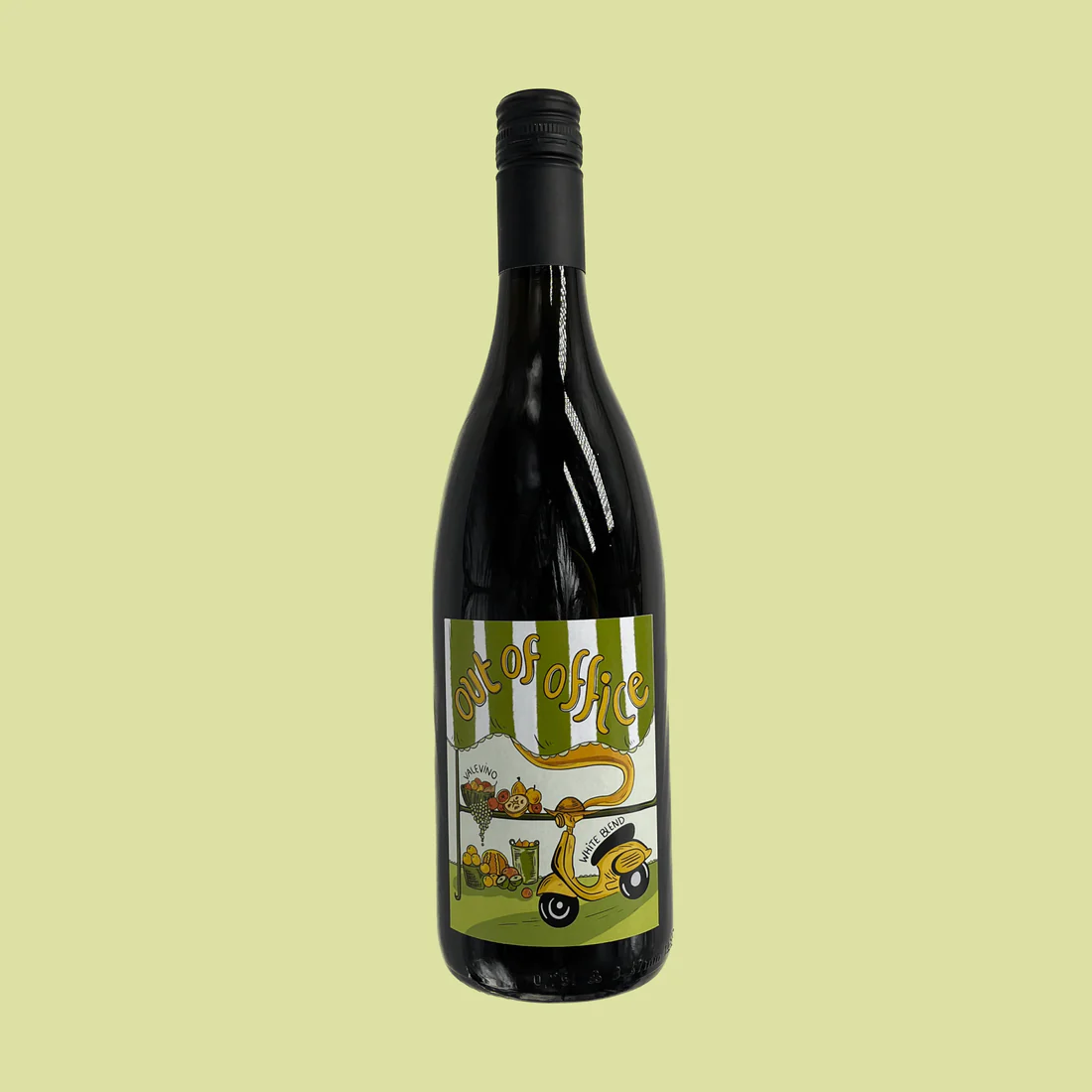It's not all just crushing grapes! Wine-making can seem daunting. There are so many terms, and it can all seem well…overwhelming. But it doesn't have to be. So pour yourself a glass, and let's dive into how red wine is made.
What is red wine?
Red wine is wine made from dark-colored grapes (some people say “black” or “purple” grapes). The red color comes from the skins of the grapes which have the same pigment found in dark cherries, pomegranates, and blackberries. The skins of the grapes are left on the grapes when fermentation occurs. Fermentation is the process that turns the grapes into alcohol - we will get to fermentation in more detail later.
Step 1: Grow and harvest the grapes
It's important to remember that wine is an agricultural product. People like it to sound intimidating and fancy, but much of the work happens in the vineyard. A vineyard is much like a farm. I like to compare grapes to apples. Sizes of apples, taste, and price can all vary every year. If you've ever visited an apple orchard, different varieties can be picked in different weeks. The timing and quality of the apples you get can all be impacted by where they are grown, how much rain there was, how cold or warm it was, if there were diseases, and how much sunlight the trees get. Grapes work very similarly. And just like apples year to year, the taste may vary slightly because of the size, sugar, and overall quality.
When the grapes are ripe (usually at the end of summer/early fall), they need to be picked (harvested). Some vineyards do this by hand, and others use machinery.
Step 2: Crush the grapes
Once the grapes arrive at the winery, many winemakers remove the grapes that have turned to raisins or have mold. Any debris in the grapes during picking is also often removed. The grapes are then crushed. Many times at this step, sulfur dioxide is added to the grapes. Sulfur dioxide is the primary preservative used in wine - it’s used to prevent the grapes/juice from going bad.
Step 3: Fermentation
Fermentation is the process that turns the grapes into alcohol. It usually takes 5-21 days. First, yeast is added to the crushed grapes. The yeast is a key step to the winemaking process, just like baking bread (any other pandemic bread bakers out there?).
In winemaking, different types of yeast can be used (commercial or natural), but what you need to remember is that the yeast is the step that kicks off the grapes being turned into alcohol.
Like baking bread, the winemakers can adjust during the fermentation process. For example, they can stir or push down the grape skins (they float) - both actions can impact the end flavor of the wine.
Step 4: Add pressure
After the fermentation, the winemakers separate the wine from the grape skins and press the skins to remove the remaining wine/juice from the skins. The pressing also separates the seeds/skins from the wine.
Step 5: Aging
The wine is then moved to containers for aging. Almost all red wine needs to be aged. Aging can range from months to years. Oak barrels are the most common containers to age red wine. When the wine is added to the containers or barrels, a second fermentation occurs. This can happen naturally, or the winemakers can add little microbes, “malolactic culture,” to move the process along.
During the aging process, the wine can develop different flavors or textures. For example, if you smell a red wine with a tobacco or vanilla smell, this comes from the type of oak barrel in which the wine was aged.
During red wine aging, it's clarified by racking, fining, and filtering. Racking is the process of separating clear wine from sediment, and fining can improve taste and clarity by using substances like egg whites, isinglass, or bentonite clay.
Next, the winemaker blends different wines from different grapes or different wine barrels of the same grape to make the final wine.
Step 6: Filter and bottle
When the winemaker decides the wine has aged long enough to be bottled, the wine is often filtered first. With filtering, I like to think of different strainers - just like using a strainer with large holes, the winemaker can choose to filter where they are just removing extra sediment. If they decide to filter to a more granular level (like using a strainer with small holes), they can remove almost all remaining yeast. In this step many winemakers add Sulfur Dioxide (sulfites) to preserve the wine.
The wine is then bottled.
Step 7: Age or enjoy!
Some special wines become better with age and can be aged in their bottle. During the bottle aging the wines can develop different flavors over time.









